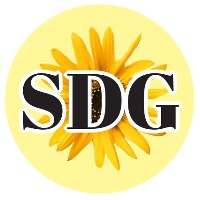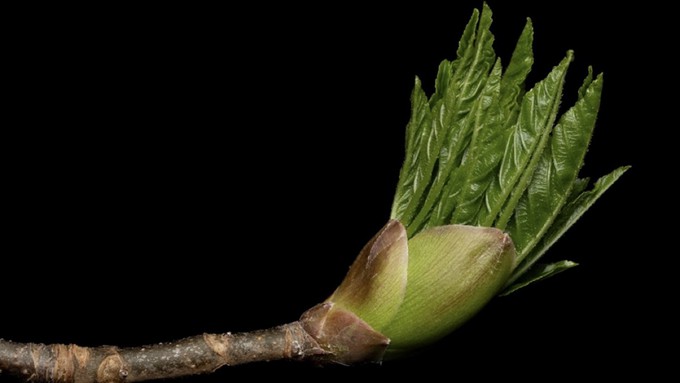
Patricia Carpenter opens her property for the Early Spring Ramble

The buckeye buds are opening and showing off their green at Patricia Carpenter's native plant garden, which will be available for strolling Sunday. Courtesy Patricia Carpenter; photo by Beth Savidge
St. Patrick's Day plus awakening plants and springlike weather will add up to a celebration of green this Sunday at Patricia Carpenter's native plant garden in Yolo County.
The Seasonal Early Spring Ramble at Carpenter's 1-acre site, on Pierce Ranch Road west of Davis, is a free event, but registration is required. Sign up here; maps are available online. The property will be open for strolling and inspiration from 10 a.m. to 3 p.m. Sunday, March 17. Registered visitors can stroll the garden any time during that period.
Carpenter is a California Native Plant Society Ambassador whose garden has taken shape over the past 19 years; it now features about 400 species and cultivars of California native plants.
Early spring highlights at the garden are expected to include plenty of blooms from wildflowers, as well as Ceanothus and Ribes species and cultivars. Spring maintenance chores, such as pruning, pest control and mulching, can be observed. Carpenter also reports that she has been collecting native plant seeds to share.
"The rain has been wonderful, but I am looking forward to a bit of sunshine!" she says.
A special guest during the day will be botanist Glen Holstein, who can tell about the new CNPS Yolo-Colusa Chapter. He also is a wildflower enthiusiast who enjoys helping visitors identify plants.
Carpenter herself will conduct an optional orientation and Q&A session at 11 a.m. and 1 p.m. Meet near the check-in table.
Visitors are welcome to bring a snack or lunch to enjoy during the day. Also note:
-- Sturdy shoes are advised.
-- A composting toilet is available.
-- No dogs are allowed.
Carpenter's non-native garden also will be open for visiting.
To read more about the native garden, see a map and view a plant list, visit her CNPS Ambassador profile page here.
Comments
0 comments have been posted.Sacramento Digs Gardening to your inbox.
Sites We Like
Garden Checklist for week of July 21
Your garden needs you!
* Keep your vegetable garden watered, mulched and weeded. Water before 8 a.m. to reduce the chance of fungal infection and to conserve moisture.
* Feed vegetable plants bone meal, rock phosphate or other fertilizers high in phosphate to stimulate more blooms and fruiting. (But wait until daily high temperatures drop out of the 100s.)
* Don’t let tomatoes wilt or dry out completely. Give tomatoes a deep watering two to three times a week.
* Harvest vegetables promptly to encourage plants to produce more. Squash especially tends to grow rapidly in hot weather. Keep an eye on zucchini.
* Pinch back chrysanthemums for bushy plants and more flowers in September.
* Remove spent flowers from roses, daylilies and other bloomers as they finish flowering.
* Pinch off blooms from basil so the plant will grow more leaves.
* Cut back lavender after flowering to promote a second bloom.
* It's not too late to add a splash of color. Plant petunias, snapdragons, zinnias and marigolds.
* From seed, plant corn, pumpkins, radishes, winter squash and sunflowers.